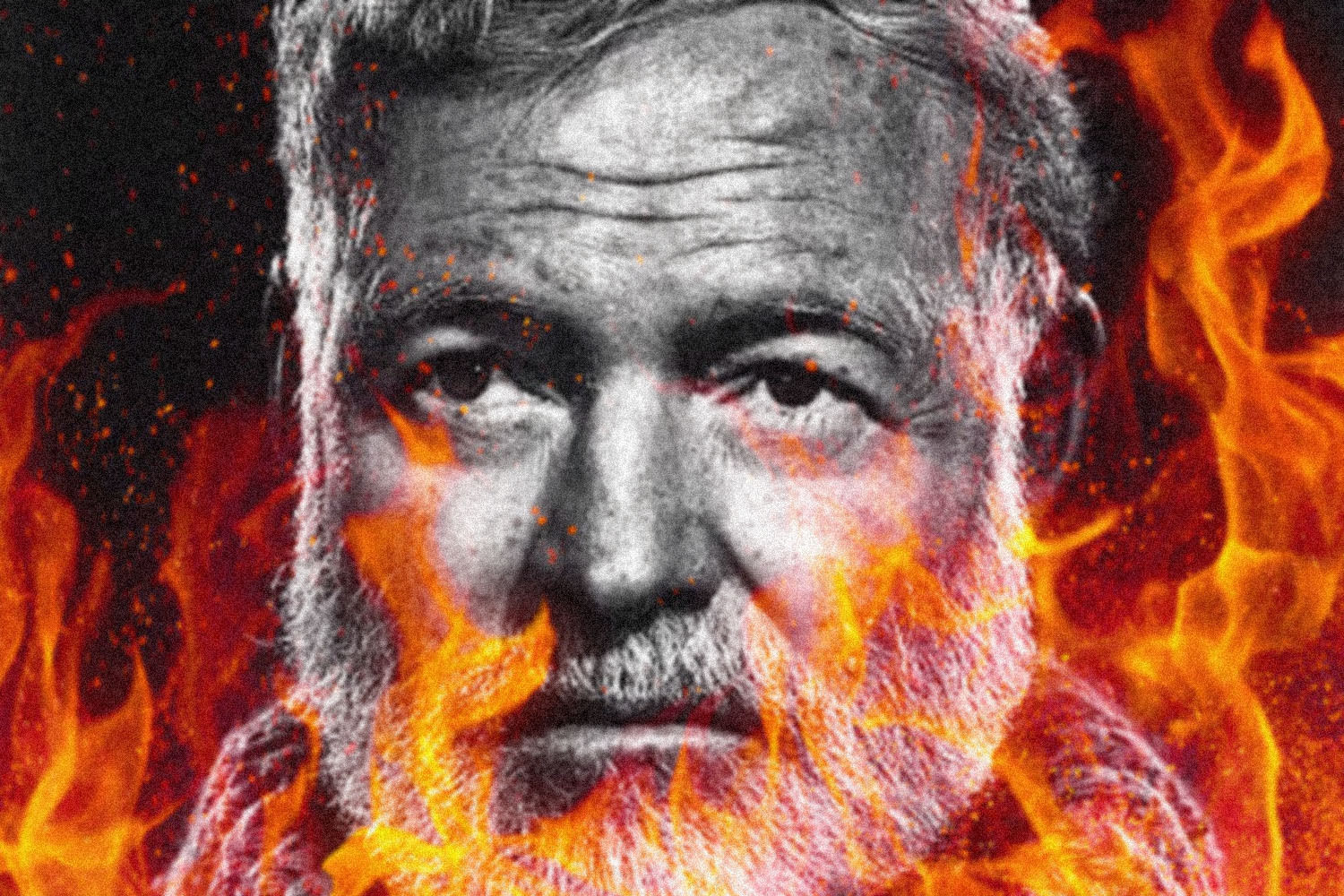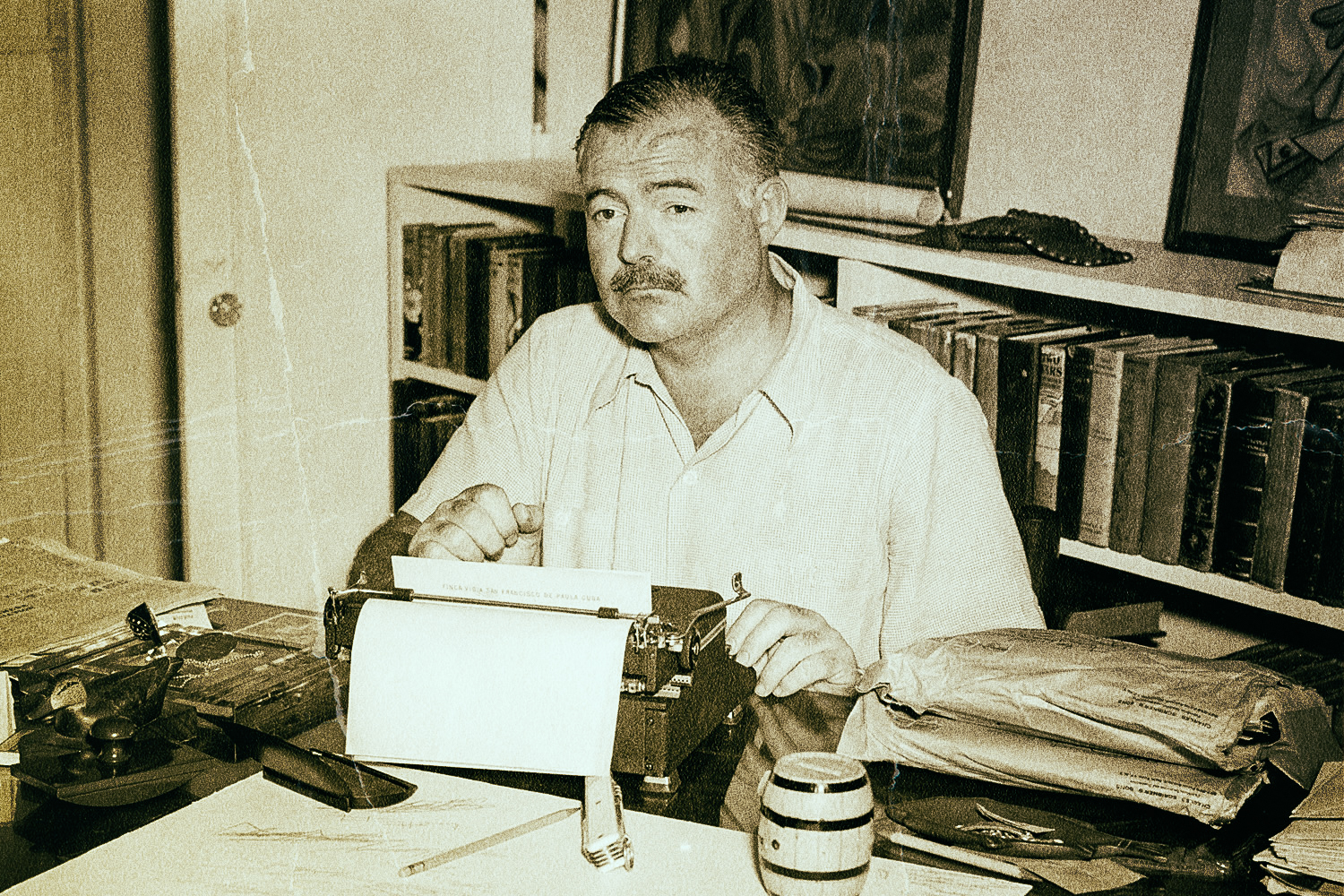As evidenced by the groundbreaking Ken Burns documentary that rolled out in three parts on PBS this week, the world has come to know Ernest Hemingway not only for his brilliance on the page, but his hard-living off of it. Hemingway was notorious for drinking more than the average man — and he got injured quite often throughout his life, most notably after surviving two plane crashes in the ’50s.
Between 1954, when he won the Nobel Prize for literature, and 1961, the author was in bad shape and hardly able to write, per Smithsonian magazine. In July of ’61, the For Whom the Bell Tolls author committed suicide.
In a book released in 2017 called Hemingway’s Brain, psychiatrist Andrew Farah convincingly argued that those two plane crashes — along with other injuries and head traumas the author sustained throughout his life — led him to suffer from CTE, the same brain malady that has become one of the biggest talking points in the NFL in recent years.
“These repeated concussive blows did cumulative damage, so that by the time he was 50 his very brain cells were irreparably changed and their premature decline now programmed into his genetics,” notes Farah in the book.
A rare interview with Hemingway in his later years appears to lend credence to this theory, with the literary titan struggling to piece together sentences and talking in a deliberate, halting cadence as he he explains why he wasn’t able to travel to Sweden to accept his Nobel Prize for literature in 1954. It is an enlightening glimpse into the toll that Hemingway’s swashbuckling lifestyle had taken by the time he settled down in Havana in the 1950s to quietly live out his remaining years.
This article was featured in the InsideHook newsletter. Sign up now.

















